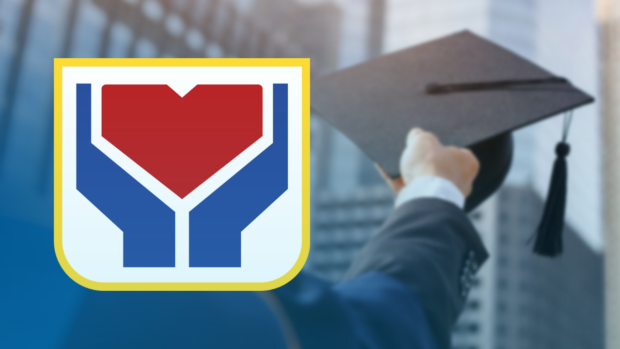DSWD releases more assistance to poor students in Western Visayas
ILOILO CITY—The Department of Social Welfare and Development (DSWD) in Western Visayas on Saturday released more educational assistance to poor students.
The DSWD released P22.78 million as part of its regular Aid to Individuals in Crisis Situations (AICS) program on August 27. Every second Saturday, payments are made.
In total, 7,852 people were helped by this batch, including 1,692 elementary school kids, 1,278 juniors and seniors in high school, and 3,893 college students.
For the second week in a row, Iloilo city and province reported the most recipients (2.581, or 32.87%).
Negros Occidental came in second with 1,687 recipients in Bacolod City and P5.3 million, followed by Antique with 1,063 recipients and P3.03 million, Aklan with 958 recipients and P2.73 million, Guimaras with 867 recipients and P2.05 million, and Capiz with 867 recipients and P2.05 million (696 beneficiaries at P2.009 million).
Article continues after this advertisementUnder DSWD’s memorandum circular no. 15, the minimum assistance for elementary pupils is P1,000, junior high school students at P2,000, senior high school students at P3,000, and college students at P4,000.
Article continues after this advertisementElementary pupils and junior high school students can receive up to P5,000 per school year, and senior high school and college students can have up to P10,000 per semester, varying per region. A maximum of three learners per family are entitled to the assistance.
Qualified beneficiaries include breadwinners, working students, orphaned or abandoned children, solo parents or unemployed parents, overseas Filipinos, and children of persons with disabilities, among others.
Students taking technical or vocational courses may be included, but those pursuing graduate and post-graduate studies, including Doctor of Medicine and Juris Doctor, and students preparing for licensure examinations, are not entitled to educational assistance.
Unlike the August 20 launch, which saw long lines and heavy crowds across regional, provincial centers, the DSWD inked a deal with the Department of the Interior and Local Government to ensure more venues courtesy of local governments.
The problem this time was utilizing the online platforms laid out by the DSWD.
Joum Malonosan from Aklan, in a Facebook post, shared how their mother, a barangay councilor, had to assist their community in signing up for emails so that they could fill up the DSWD’s online appointment forms.
He said it went to the point where Google blocked their Internet Protocol (IP) address due to the number of entries typed into their forms.
“This policy failure made me realize that no matter how many individuals (like my mom) would strive to help the marginalized, no amount of individual charity can compensate for a broken system,” Malonosan said.
“I hope the DSWD rethinks its online registration policy and formulate an alternative course of action to lessen the burdens of the poor. They do not deserve to undertake such a cumbersome and complex process just to obtain assistance from the government.”
DSWD-Western Visayas spokesperson May Castillo said they are working on other systems to complement the online registration form and cited that for those who couldn’t register, their office had left drop boxes where contact details were left.
For those in far-flung areas, island areas, and other Geographically-Isolated and Disadvantaged Areas (GIDAs), she said that the DSWD is currently strategizing how they will be able to avail of the assistance as well.
“We understand that we have people who don’t know how to register [online], so those who strive [to proceed walk-in to the physical releasing sites], the DSWD-6 is thinking about how to address this. We didn’t cater to [walk-in clients], but we had them drop their documents and their names, contact numbers, addresses and birthdays,” said Castillo.
RELATED STORIES:
DSWD: Cash aid extended to over 148,000 students, so far
LGU help puts order in DSWD aid payout
